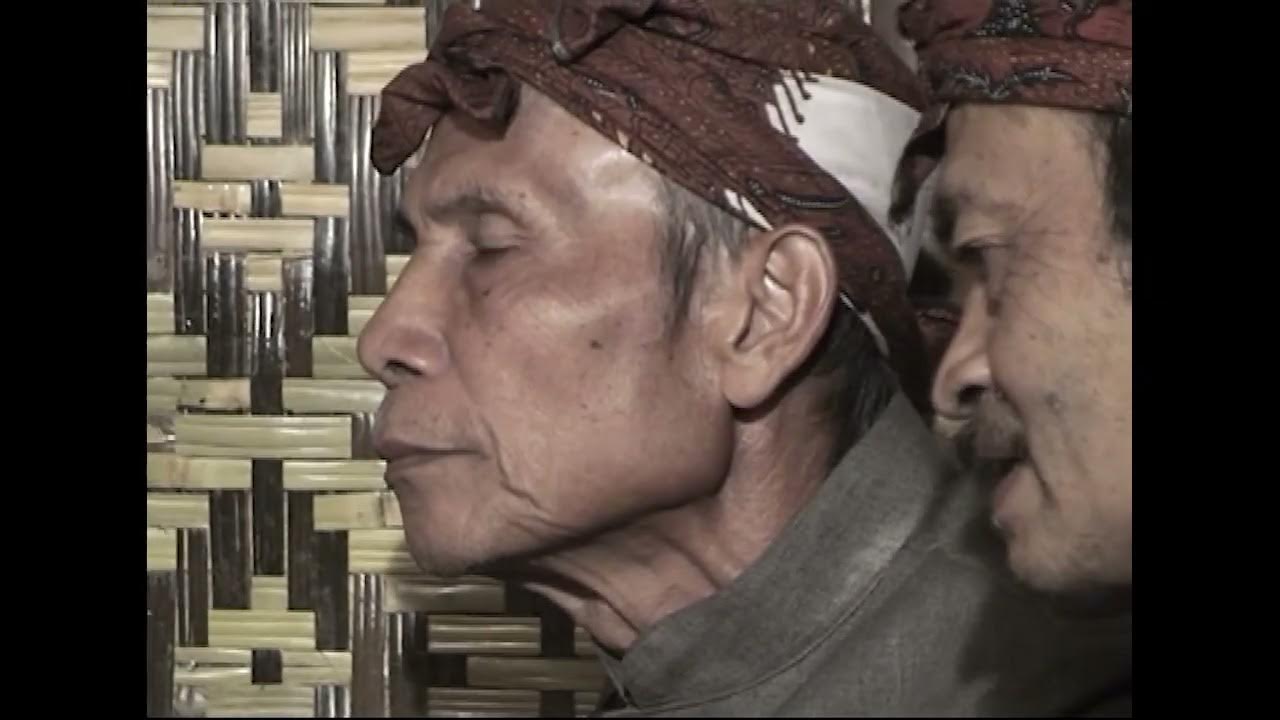Cuarteto, Los cocos de Cadi - Cuartos
Summary
TLDRThis transcript is a whirlwind of vibrant, chaotic scenes reminiscent of the celebrated traditions of Carnaval and the Day of the Dead, blending humor, familial bonds, and cultural references. The dialogue weaves through a series of misunderstandings and comedic disputes among characters over Carnaval preparations, local business woes, and familial antics. Central to the narrative are themes of tradition vs. change, the importance of community and family, and the spirited debate over cultural identity and independence. As the characters navigate their disagreements and plans, the script humorously explores the depths of cultural heritage, the bonds that tie a community together, and the universal language of laughter amidst the backdrop of iconic celebrations.
Takeaways
- 😀 The script involves a conversation centered around a Carnaval celebration, with characters discussing various aspects of the event, including preparations, performances, and familial interactions.
- 😄 The dialogue reflects familial dynamics and traditions, including disagreements and humorous exchanges between family members.
- 😮 There is a mix of cultural references, with mentions of specific characters, traditions, and events related to Carnaval and Spanish culture.
- 🤔 The script portrays a blend of humor and sentimentality, touching on themes of family, identity, and cultural heritage.
- 😂 Characters engage in playful banter and teasing, adding levity to the conversation despite underlying tensions.
- 😅 The dialogue highlights the importance of tradition and community in the context of Carnaval celebrations, with characters expressing both pride and frustration in their cultural practices.
- 😎 The inclusion of references to well-known figures and events in Carnaval culture adds depth and authenticity to the script, enriching the audience's understanding of the context.
- 🎭 The script captures the lively and colorful atmosphere of Carnaval, with characters discussing costumes, performances, and the spirit of the festival.
- 🎵 Music plays a significant role in the script, with characters singing and referencing songs, enhancing the festive mood of the conversation.
- 📜 Despite the lighthearted tone, the script subtly touches on deeper themes such as family dynamics, generational differences, and the preservation of cultural heritage.
Q & A
What is the main theme or topic of the script?
-The script appears to be a comedic skit or exchange involving multiple characters discussing various topics such as Carnival, family dynamics, and a misunderstanding with a Catalan visitor.
Who are some of the main characters in the script?
-The main characters seem to be Miguelito, his mother, his grandmother, the Catalan visitor, and a social worker.
What is the Catalan visitor's purpose for visiting?
-The Catalan visitor initially came to purchase fabrics and negotiate a contract for making flags, but there was a misunderstanding as he was confused with someone else.
What is the social worker's role in the script?
-The social worker arrives with a police report and a preliminary complaint, suggesting that the family is dysfunctional and that a minor living there made inappropriate comments.
What events or activities related to Carnival are mentioned?
-The script mentions preparations for Carnival, such as decorating the family's mausoleum, writing lyrics for a carnival group, and misunderstandings about costumes and performances.
What role does music and performance play in the script?
-Music and performance are central themes, with characters singing, writing lyrics, discussing carnival acts and performances, and debating the merits of various styles and approaches.
What family dynamics and tensions are explored in the script?
-The script explores tensions between Miguelito and his mother regarding his obsession with Carnival, as well as the grandmother's disapproval of some of the language and topics discussed.
How does the script incorporate elements of humor and comedy?
-The script incorporates humor through misunderstandings, exaggerated characters, comedic situations, and language that plays with double meanings and innuendo.
What are some cultural references or themes present in the script?
-The script makes references to Andalusian culture, traditions surrounding Carnival and Holy Week, regional linguistic quirks, and tensions between different regions of Spain.
What is the overall tone and style of the script?
-The script has a lively, comedic, and often absurd tone, with a fast-paced style that incorporates elements of traditional Andalusian humor, cultural commentary, and lighthearted family dynamics.
Outlines

هذا القسم متوفر فقط للمشتركين. يرجى الترقية للوصول إلى هذه الميزة.
قم بالترقية الآنMindmap

هذا القسم متوفر فقط للمشتركين. يرجى الترقية للوصول إلى هذه الميزة.
قم بالترقية الآنKeywords

هذا القسم متوفر فقط للمشتركين. يرجى الترقية للوصول إلى هذه الميزة.
قم بالترقية الآنHighlights

هذا القسم متوفر فقط للمشتركين. يرجى الترقية للوصول إلى هذه الميزة.
قم بالترقية الآنTranscripts

هذا القسم متوفر فقط للمشتركين. يرجى الترقية للوصول إلى هذه الميزة.
قم بالترقية الآنتصفح المزيد من مقاطع الفيديو ذات الصلة

El increíble origen del día de los muertos

Day of the Dead Origins and Meaning

DRAMA LEMBU SURO | DRAMA BAHASA JAWA KETOPRAK SMK CANDA BHIRAWA PARE

Tarian medley Nusantara 38 Provinsi Indonesia

Sejarah Kesenian Beluk

Día de Muertos | ¿Cuál es su origen real? ¿Cuándo y cómo se celebra el día de los muertos en México?
5.0 / 5 (0 votes)
